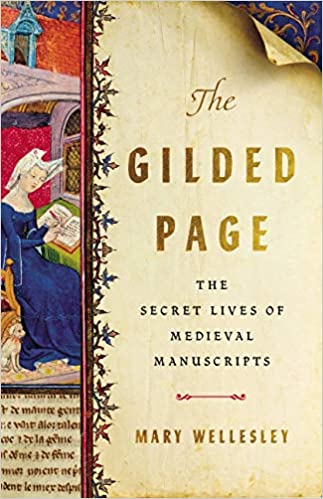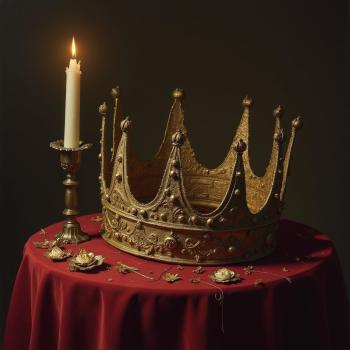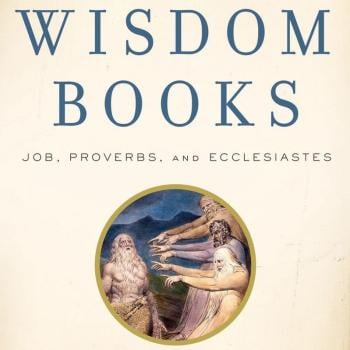Mary Wellesley’s. The Gilded Page, is a fascinating study of medieval manuscripts and their origins, character, and history. Wellesley is an excellent historian of the period, with a special interest in the contributions of women to the production of such manuscripts, especially the hidden history, since most of these manuscripts are not signed. As Wellesley points out the modern notion of authorship does not entirely apply to this period, not least because so many of these manuscripts were team efforts of scribes and illuminators in monasteries and nunneries. Even the word ‘author’ as it comes from the word auctoritas, as in authority, was reserved overwhelmingly for men since women were not considered scholars or authorities on any important matter, such as the Bible!
Wellesley has done her homework and shows the ready skills of a proper sleuth, puzzling the mysteries in the marginal annotations and scholia connected to these manuscripts. She helpfully describes the laborious process of producing parchment or vellum (a term most often applied to fine calfskin) tells us that over 200 such skins were required to cover the some 936 pages of the Winchester Bible and then explains it took 4 years or more to produce that one illuminated Bible. Prior to the 15th century when the printing press showed up in Germany, all such manuscripts were hand written, and were an enormous amount of work to produce. They were also so expensive that only royalty, the very wealthy, and churches and monasteries had important manuscripts like the Bible, or say copies of the Magna Carta. One of the more important points made throughout the book is that church institutions such as the monasteries were the centers of learning, especially prior to the beginning of proper universities in the U.K. in the 12th century.
There are entire chapters in this book on how many important manuscripts are discovered quite by chance, how many have been lost through fires or human maliciousness (think the dissolution of the monasteries thanks to folks like Oliver Cromwell), and the chapters on scribes and artists are worth the price of the book all by themselves. What becomes clear is that the means by which the labor of love of producing manuscripts happened was not significantly different from when Codex Vaticanus and Sinaiticus appeared in the 4th century and when the medieval manuscripts were being produced. The difference was that increasingly important mss. was not done with papyrus or other forms of paper (coming from linen rags) but rather with parchment or vellum so the manuscript would endure. Wellesley also reminds us that without patrons, many of these manuscripts would never have been produced in the first place. In the case of the Bible, it was Constantine, once Christianity was recognized as a licit religion that apparently became the first great patron of Bible production and indeed Vaticanus if not Sinaiticus we may owe to his patronage. As Wellesley also reminds us, it requires a good deal of skillful and scholarly reading between the lines to figure out who wrote what and where it happened. In any case, in this whole age, famous manuscripts like Chaucer’s Canterbury Tales or Beowulf have various recensions and tracing them back to their original forms is difficult if not impossible. And the original producers of such classics turn out to be shadowy figures as well whom we would like to know very much more about.
It is clear throughout that Wellesley is a proper scholar of the period who can handle the various and sundry languages needed to puzzle things out— Latin, Anglo-Saxon, Old English, Welsh, Middle English, and much more. And she writes well in a way that even the layperson can understand (complete with translations in plain English), and just in case there are too many technical terms, she provides a glossary in the back of the book. What could be said is that much of the book production in the period she covers involves Bibles, Lectionaries, Psalters, Prayers books, Hymn collections and other related church materials, other than business documents of the period, and some personal letters, mostly written by scribes for others. As such, this is a book people of the Book can and should read with profit.















